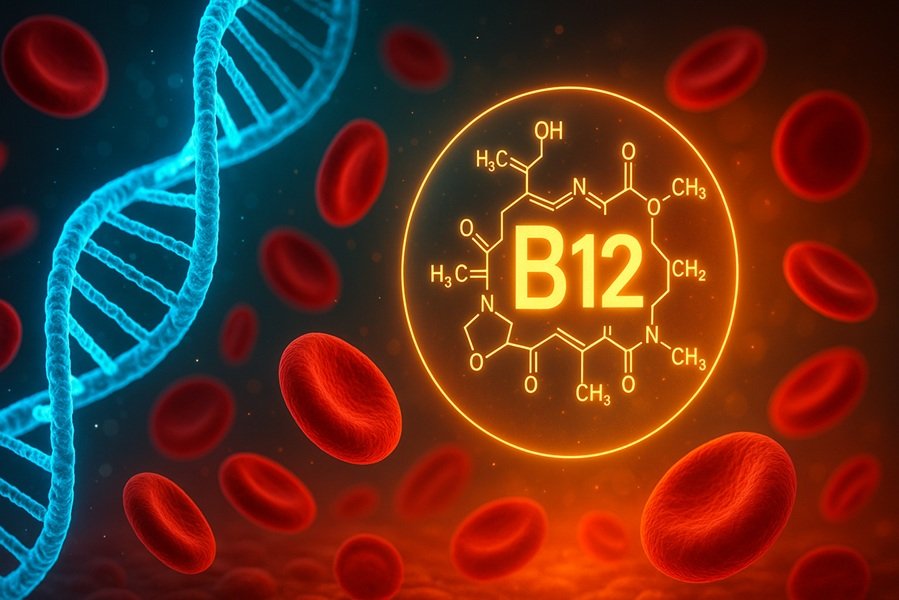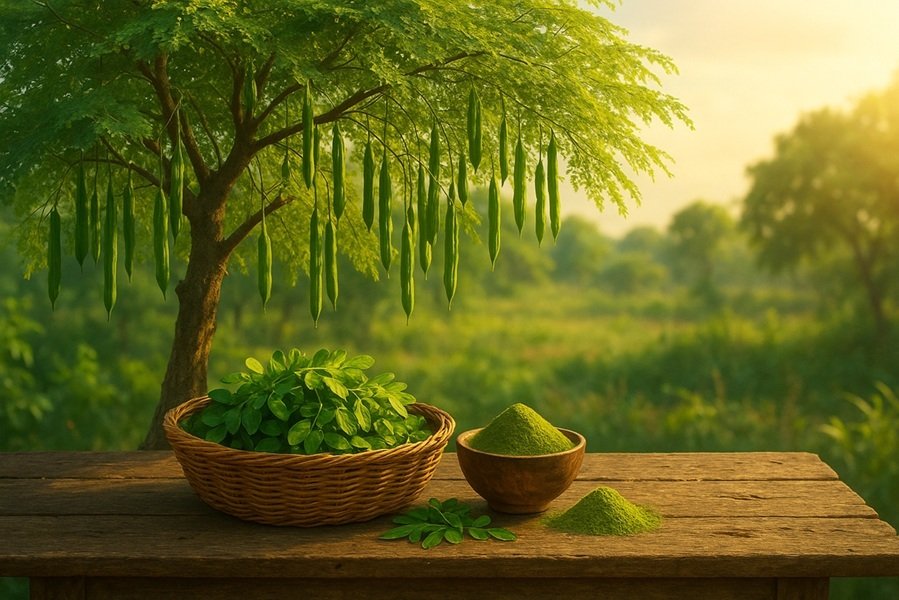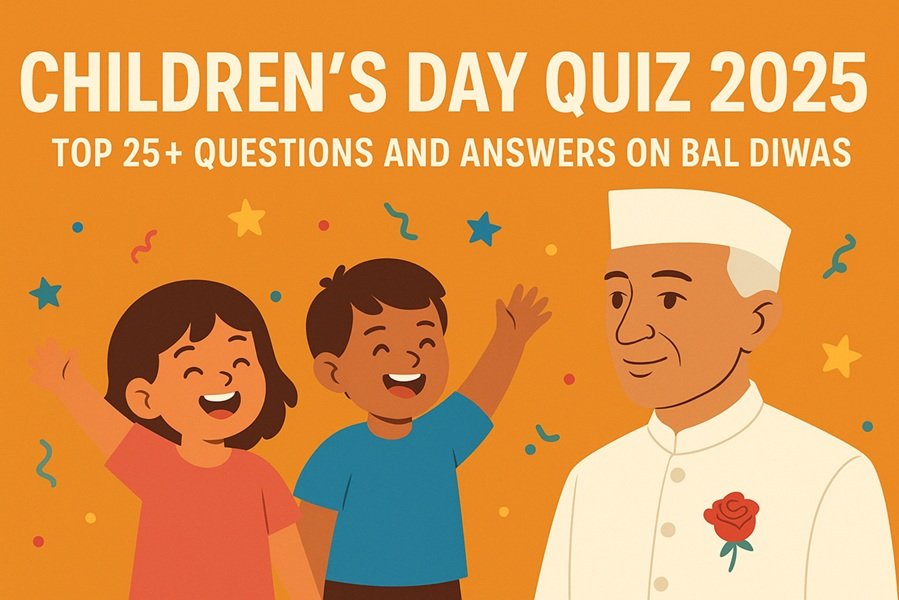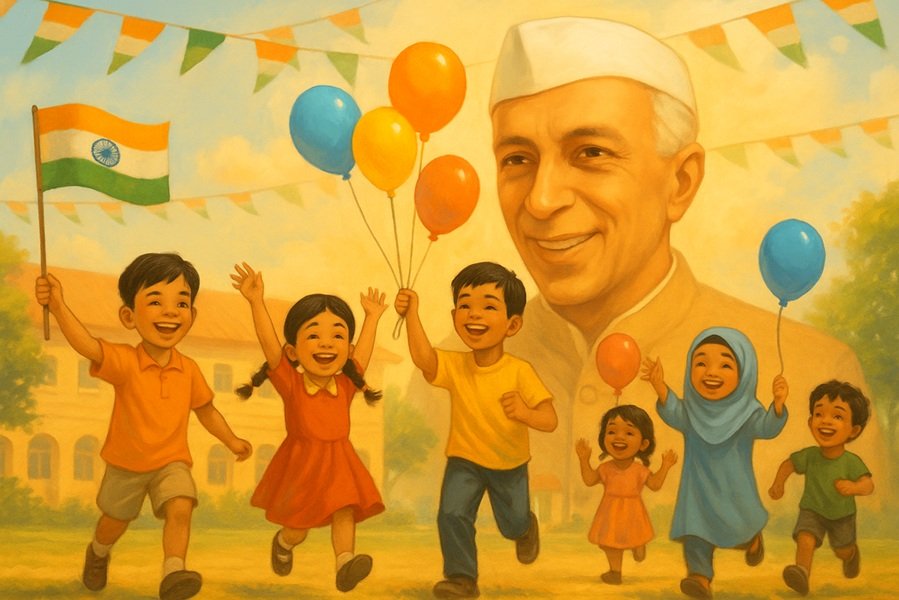
Introduction
Lord Hanuman, the divine devotee of Lord Rama, holds a special place in Hinduism. His birth is celebrated across India, but there is a long-standing debate regarding the terminology and timing of his birth anniversary. Some people refer to it as Hanuman Jayanti, while others call it Hanuman Janmotsav. This article delves into the differences, the reasons behind the debate, and the significance of these celebrations.
Read This: Hanuman Janmotsav 2025: Significance, Celebrations, and Wishes
Understanding the Terms: Janmotsav vs Jayanti
The debate primarily stems from the different meanings of the words Janmotsav and Jayanti:
- Janmotsav (जन्मोत्सव): This term means the celebration of birth and is often used for deities and living beings.
- Jayanti (जयन्ती): This term generally refers to a birth anniversary and is commonly used for historical or deceased figures.
Since Lord Hanuman is considered Chiranjeevi (immortal) in Hindu beliefs, many argue that using the term Janmotsav (celebration of birth) is more appropriate than Jayanti (birth anniversary), which is usually associated with people who have passed away.
Different Dates of Celebration Across India
Another major aspect of the debate is the date of Hanuman’s birth anniversary, as different regions celebrate it at different times based on their local traditions and interpretations of scriptures.
- Chaitra Purnima (March-April) – Hanuman Janmotsav in North India
- Most of North India, including Uttar Pradesh, Bihar, Madhya Pradesh, Punjab, and Delhi, celebrates Hanuman’s birth on Chaitra Purnima (the full moon day of Chaitra month). This aligns with the belief that Hanuman was born on this day.
- Many temples and devotees organize Sundarkand Path, Hanuman Chalisa recitation, and special prayers on this day.
- Kartik Krishna Paksha (November-December) – Hanuman Jayanti in South India
- In Maharashtra, Karnataka, Andhra Pradesh, Telangana, and Tamil Nadu, Hanuman Jayanti is celebrated in the Kartik month (after Deepavali).
- This tradition follows a belief that Hanuman was born in the darker fortnight (Krishna Paksha) of Kartik month.
- Margashirsha Amavasya (December) – Another Regional Belief
- Some traditions in Gujarat and Maharashtra celebrate Hanuman Jayanti in Margashirsha month on Amavasya (new moon day).
- Vaishakha Month (April-May) – Hanuman Jayanti in Odisha
- In Odisha, Hanuman Jayanti is observed in the Vaishakha month.
- This celebration coincides with Akshaya Tritiya, a significant Hindu festival.
Religious Interpretations and the Debate
- Hanuman as Chiranjeevi (Immortal Being)
- According to Hindu scriptures, Lord Hanuman is still alive and present on Earth.
- As per Sanatan Dharma, the term Jayanti is typically used for those who have passed away, which is why some scholars argue that Hanuman Janmotsav is a more suitable term than Hanuman Jayanti.
- Differences in Scriptural Interpretations
- Some Hindu texts and astrologers suggest that Hanuman was born on Chaitra Purnima, while others propose that he was born during Kartik month.
- Due to these differences in interpretation, different sects and regions have adopted different dates for celebrating Hanuman’s birth.
- Influence of Local Traditions
- North India follows the Valmiki Ramayana and Tulsidas’ Ramcharitmanas, which indicate that Hanuman was born in Chaitra month.
- South India follows different Puranic texts that align with Kartik month.
- Maharashtra celebrates it according to a unique tradition that follows both Puranic and folk beliefs.
How Devotees Celebrate Hanuman’s Birth
Regardless of whether people celebrate Hanuman Jayanti or Hanuman Janmotsav, the devotion and religious activities remain the same:
- Fasting: Many devotees observe a day-long fast and break it only after performing Hanuman puja.
- Reciting Hanuman Chalisa & Sundarkand: Devotees chant Hanuman Chalisa and read Sundarkand from Ramayana.
- Offering Sindoor & Ladoos: Hanuman is often offered sindoor (vermilion) and boondi ladoos, as he is believed to be fond of them.
- Visiting Hanuman Temples: Special prayers and celebrations take place in temples dedicated to Lord Hanuman.
- Organizing Processions: In some places, grand processions (Shobha Yatra) are organized with bhajans and kirtans.
Conclusion: Which Term is Correct?
The debate over Hanuman Janmotsav vs Hanuman Jayanti is primarily a matter of tradition and terminology. While the North Indian tradition prefers Chaitra Purnima and calls it Janmotsav, South Indian traditions celebrate it in Kartik month and use the term Jayanti.
However, the core sentiment remains the same—devotion to Lord Hanuman. Whether one calls it Hanuman Janmotsav or Hanuman Jayanti, the celebration is about honoring the divine qualities of Lord Hanuman, such as strength, devotion, humility, and fearlessness. The differences in names and dates should not divide devotees, as ultimately, faith and devotion matter more than terminology.
FAQs
- Why do some people prefer Hanuman Janmotsav over Hanuman Jayanti?
- Since Hanuman is considered immortal (Chiranjeevi), some argue that “Janmotsav” (birth celebration) is a more appropriate term than “Jayanti” (birth anniversary, which is usually used for deceased figures).
- Which date is correct for Hanuman’s birth?
- There is no universally agreed-upon date. North India follows Chaitra Purnima, while South India follows Kartik Krishna Paksha.
- How is Hanuman Jayanti different in different states?
- It is celebrated on different dates based on regional traditions and scriptural interpretations, but the devotion and rituals remain largely similar.
- Can Hanuman Jayanti and Hanuman Janmotsav be used interchangeably?
- While there is a linguistic difference, in common usage, both terms refer to the celebration of Hanuman’s birth and are often used interchangeably.
- What are the main rituals followed on Hanuman Jayanti/Janmotsav?
- Fasting, reciting Hanuman Chalisa, visiting temples, offering sindoor and sweets, and participating in bhajans and kirtans.
Final Thoughts
Rather than focusing on the debate over terminology, the essence of devotion to Lord Hanuman should be the priority. Whether one calls it Hanuman Janmotsav or Hanuman Jayanti, the celebration of his divine qualities remains the same. Jai Bajrang Bali!





